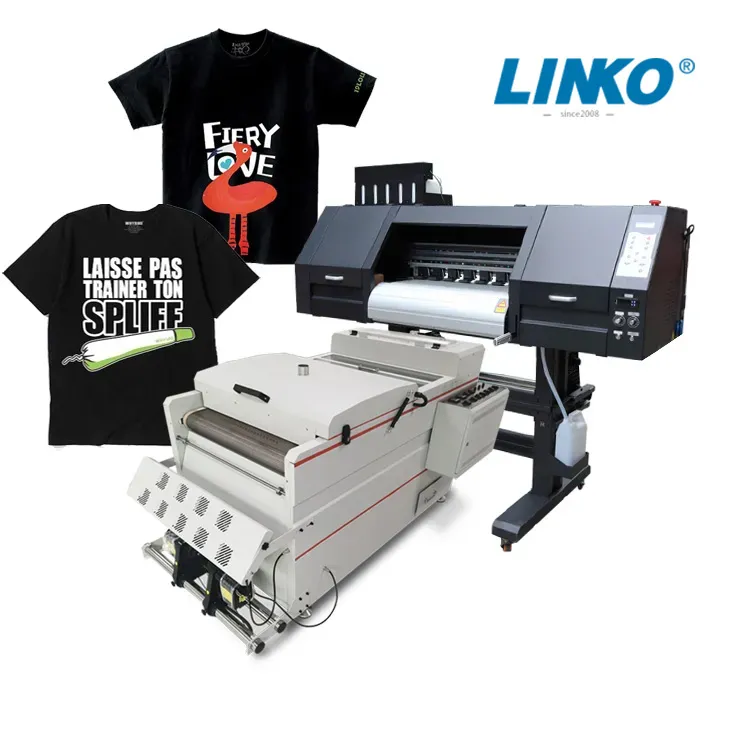DTF Printing Proficiency: Elevate Your Fabric Creations with Direct-to-Film Technology
DTF Printing Proficiency: Elevate Your Fabric Creations with Direct-to-Film Technology
Blog Article
Ultimate Guide to DTF Printing Techniques for Stunning Fabric Styles
Getting started on the trip of understanding DTF printing strategies can open up a world of possibilities for creating aesthetically exciting fabric layouts. In this overview, we will explore the elaborate details of DTF printing, from understanding the fundamental essentials to unraveling advanced color strategies that can elevate your layouts to brand-new elevations.
Recognizing DTF Printing Essentials
DTF printing, a procedure that includes moving designs from a special movie to fabrics using warmth and pressure, creates the foundation of fabric printing methods. The first action in DTF printing entails developing or selecting a style that will be printed onto the fabric.
The last result is a stunning, resilient fabric design that is cleanable, versatile, and resistant to fading. Overall, recognizing the basics of DTF printing is vital for mastering this modern-day textile printing technique.
Picking the Right Fabric Materials
Having developed the fundamental principles of DTF printing techniques for textile layouts, the next vital consideration lies in picking the suitable fabric materials to enhance this cutting-edge process effectively. Additionally, the stretchability of these products can suit the heat transfer procedure involved in DTF printing without misshaping the layout. By choosing the appropriate textile materials, designers can maximize the capacity of DTF printing to create lasting and magnificent textile layouts.

Understanding the Printing Refine
To master DTF printing methods for textile styles, mastering the printing procedure is crucial for achieving high-quality and consistent outcomes. The printing procedure in DTF involves numerous crucial actions that require precision and interest to detail. First of all, preparing the art work for printing is vital. This includes ensuring the layout is appropriately sized and positioned for the textile. Next, the layout is printed onto an unique DTF movie making use of a compatible printer with the best setups to achieve ideal shade vibrancy and quality (DTF Printing). As soon as the layout is published, it is then moved onto the fabric using a warm press machine. The temperature level, pressure, and duration of warmth application should be meticulously managed to make sure correct bond of the layout to the textile. Furthermore, understanding the peeling off procedure after warm pushing is important to avoid any type of damage to the layout or textile. By developing each of these actions in the printing process, designers can consistently generate spectacular and resilient fabric designs with DTF printing strategies.
Enhancing Styles With Shade Methods

Additionally, trying out with color gradients can bring a feeling of movement and fluidness to the layout. By mixing colors perfectly, a slope result can be accomplished, including a modern and dynamic touch to the textile design. In addition, utilizing color obstructing techniques can develop striking and strong visuals by juxtaposing different strong colors in unique sections of the layout.
In addition, integrating metallic or neon colors can provide a one-of-a-kind and eye-catching element to the textile layout, making it stand out and exude a sense of vibrancy. When purposefully applied, these color techniques can raise the general aesthetic appeal of textile layouts, making them extra remarkable and fascinating.
Troubleshooting Common DTF Printing Issues
After exploring different color techniques to enhance fabric designs, it is important to attend to common DTF printing see this website issues that might emerge during the production process. Additionally, problems with picture quality see and sharpness can take place due to low-resolution pictures or improper printing techniques. By being aware of these common issues and executing the essential troubleshooting steps, you can improve the total quality of your DTF printed fabric layouts.
Final Thought
In final thought, grasping DTF printing techniques is important for developing magnificent fabric styles. By recognizing the fundamentals of DTF printing, choosing the appropriate products, and enhancing styles with shade techniques, one can achieve impressive results. It is essential to fix usual problems that might arise during the printing process to guarantee an effective outcome. With practice and focus to information, one can produce gorgeous and distinct fabric styles utilizing DTF printing strategies.
DTF printing, a process that involves moving styles from an unique movie to textiles making use of warm and pressure, forms the foundation of textile printing strategies.Having developed the fundamental principles of DTF printing methods for textile styles, the next crucial factor to consider lies in picking the suitable fabric materials to complement this ingenious procedure properly. By selecting the right textile materials, developers can take full advantage of the capacity of DTF printing to produce magnificent and resilient fabric designs.
To excel in DTF printing methods for textile styles, understanding the printing procedure is crucial for attaining top quality and constant outcomes. DTF Printing. By developing each of these actions in the printing click for more info process, designers can continually create durable and stunning textile designs with DTF printing techniques
Report this page